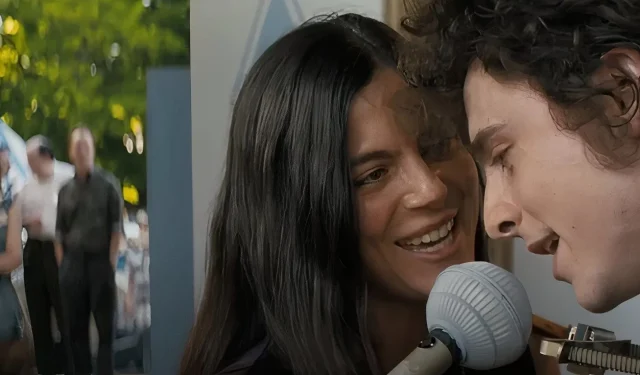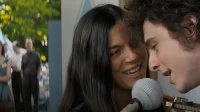In James Mangold’s film A Complete Unknown, a pivotal theme is the intricate relationships Bob Dylan has had with women throughout his life. The narrative delves into two significant romantic connections that greatly influenced Dylan’s musical evolution. However, the film could have easily included several other relationships from the era it portrays, as Dylan himself has openly acknowledged the complexities and challenges he presented to his romantic partners in various songs and interviews.
Throughout his adult life, Bob Dylan has officially confirmed at least 14 different relationships, many of which overlapped substantially. Notably, the film showcases the tumultuous love affair between Dylan and Joan Baez while also depicting his involvement with Suze Rotolo, known in the movie as Sylvie Russo. However, A Complete Unknown omits several other critical figures from Dylan’s romantic history, resulting in a somewhat incomplete narrative.
Echo Helstrom
1958–1959
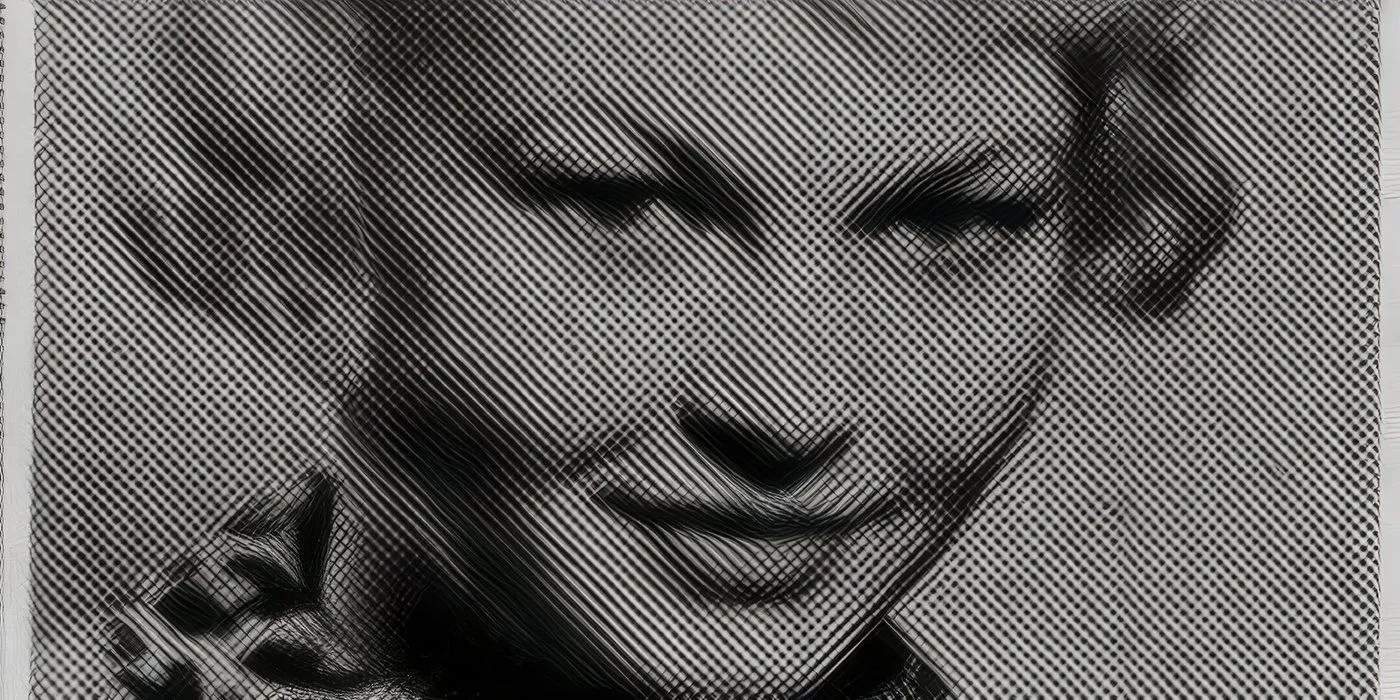
Bob Dylan’s first girlfriend, Echo Helstrom, is one individual whose story is overlooked in A Complete Unknown. The high school sweethearts dated for roughly a year during their senior year in Hibbing, Minnesota, in the late 1950s before parting ways. The timeline of their relationship precedes Dylan’s move to New York City by nearly two years. Helstrom was arguably the first genuine love of young Robert Zimmerman’s life and may have inspired his early track “The Girl from North Country”(source: The Minnesota Star Tribune).
Bonnie Beecher
1959–1961
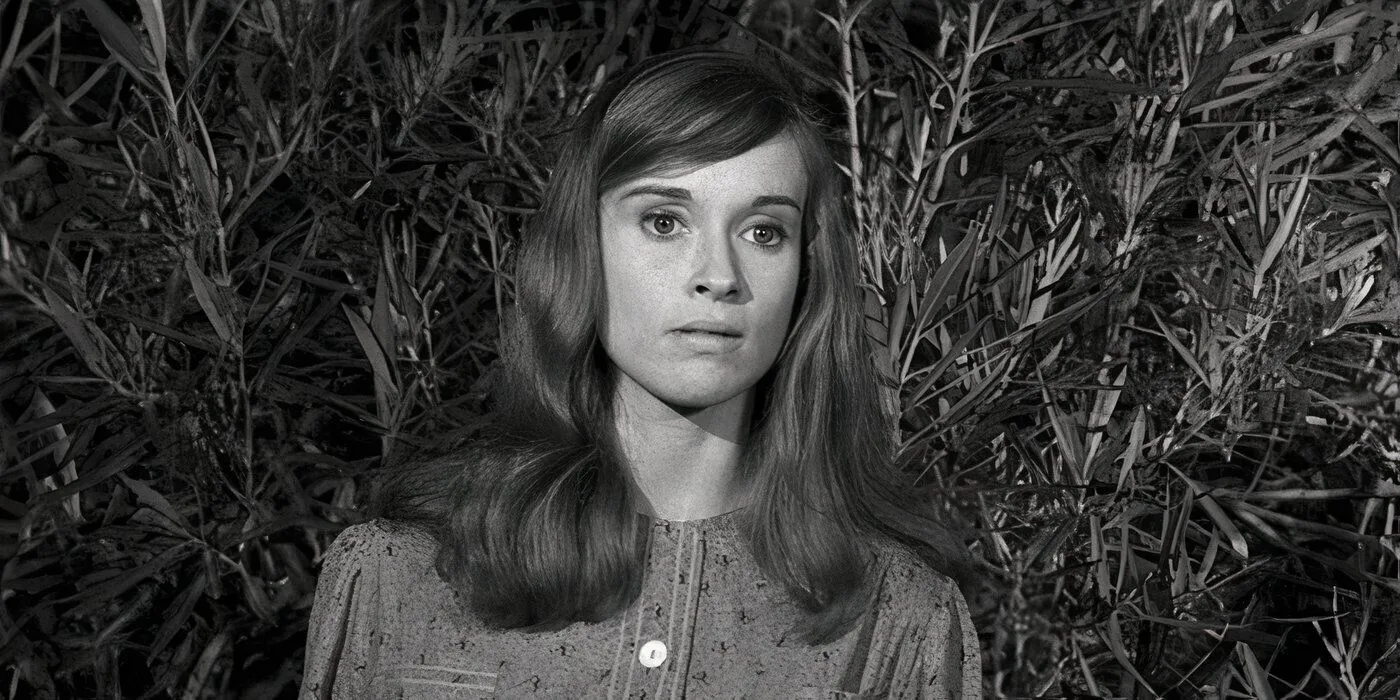
Actress Bonnie Beecher fits the mold of the “north-country girl”whose “hair hangs long”in Dylan’s renowned ballad. Their romance blossomed during their time at the University of Minnesota in Minneapolis, lasting about a year before Dylan left to chase his musical aspirations in New York. Despite their split, they maintained a connection, meeting during Dylan’s visits home, including a noteworthy early recording session at Beecher’s residence during Christmas in 1961 (source: Woman’s World).
Suze Rotolo
1961–1964

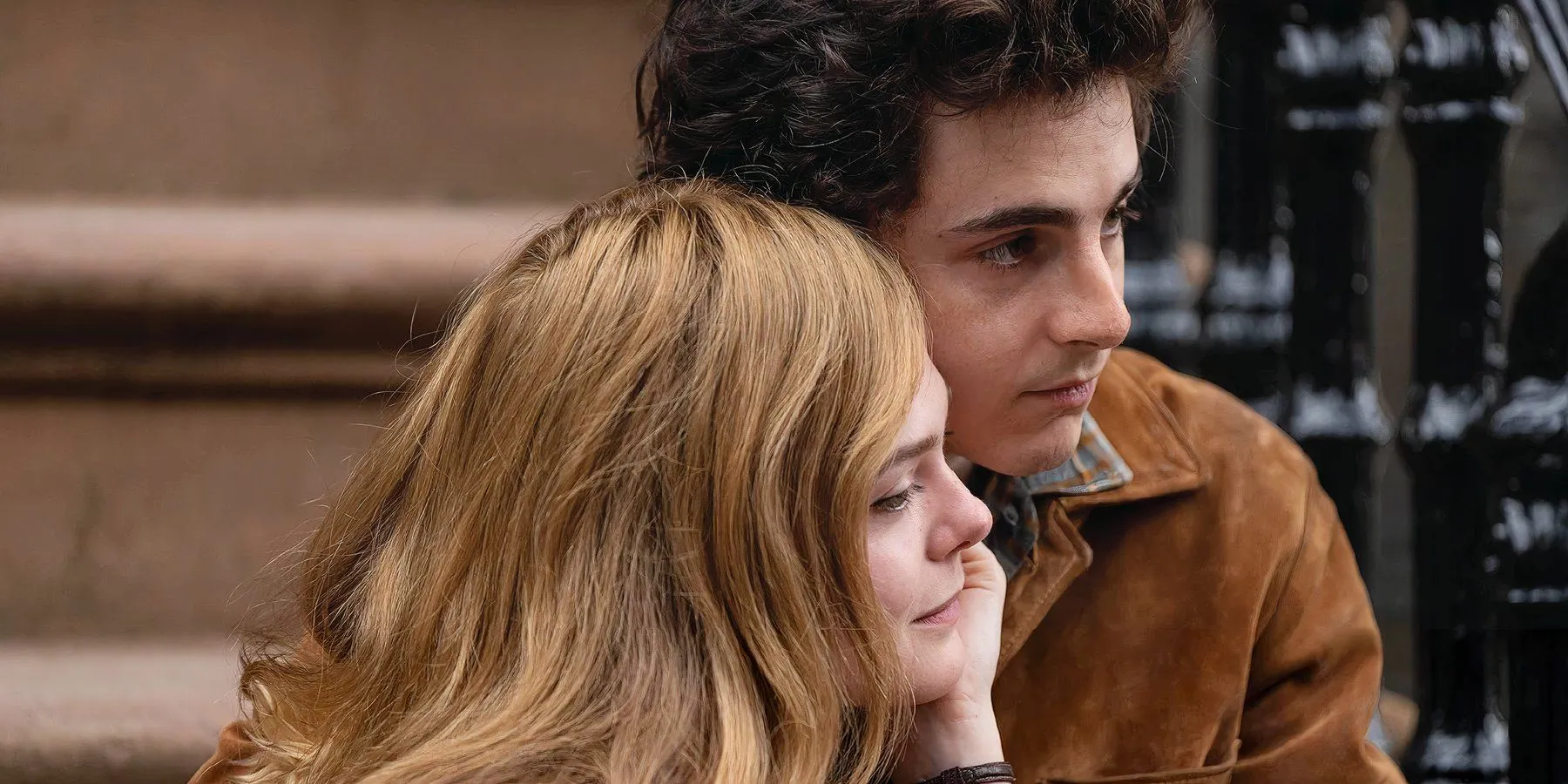
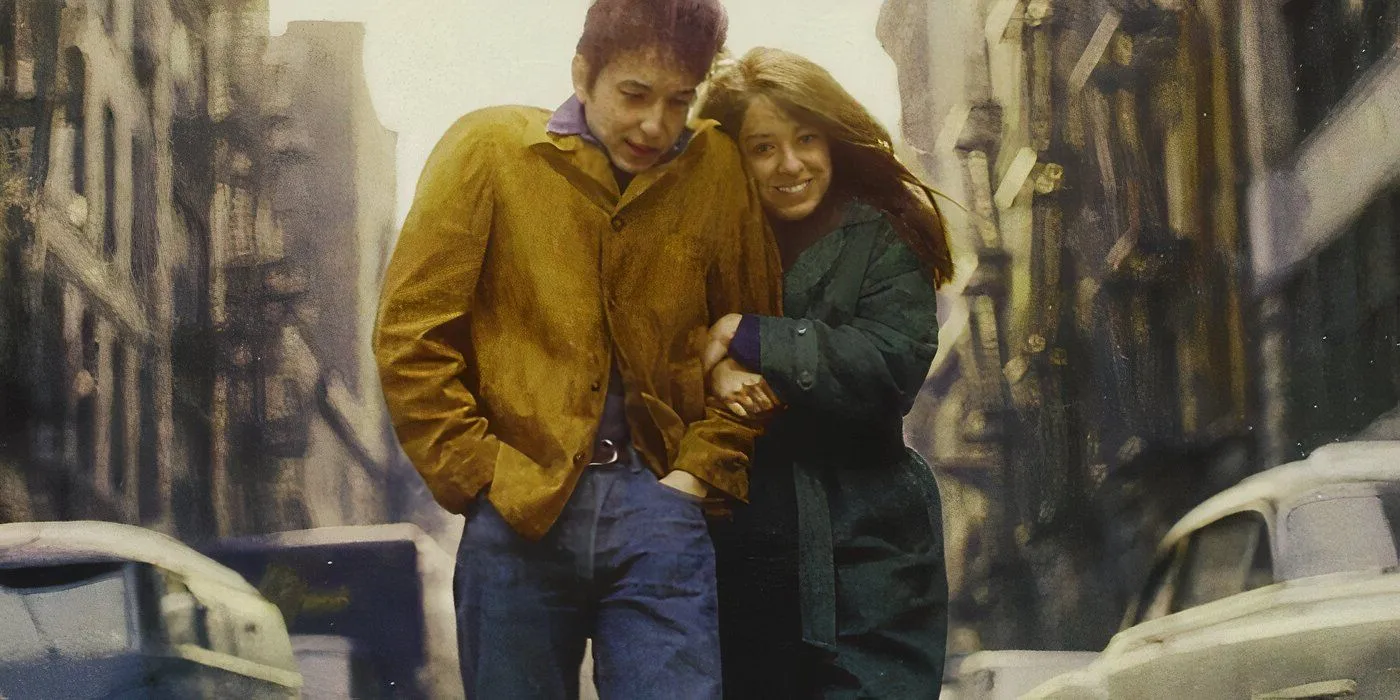
Suze Rotolo is heralded as Dylan’s first great love. In his autobiography, Chronicles: Volume One, Dylan notes that his attraction to Rotolo was instantaneous, calling her “the most erotic thing”he’d ever seen. He even insisted on altering Rotolo’s name in A Complete Unknown as a tribute to her legacy. Suze played an instrumental role in introducing Dylan to the activism of the 1960s, particularly in civil rights and peace movements, and her encouragement for him to pursue songwriting appears to be reflective of true events. However, the film inaccurately portrays her presence at the Newport Folk Festival in 1965, as they had already separated by then. Rotolo did endure heartache due to Dylan’s relationship with Joan Baez, mirroring the emotional turmoil depicted in the movie.
Joan Baez
1963–1965
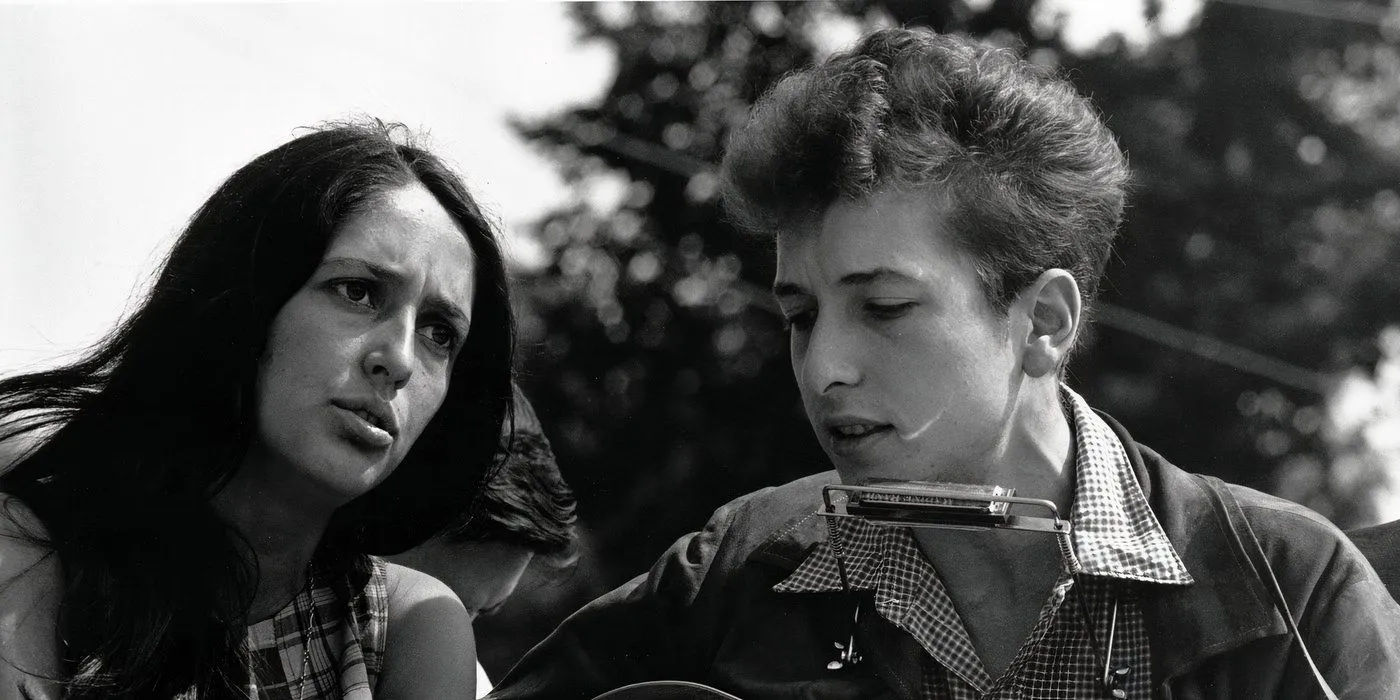
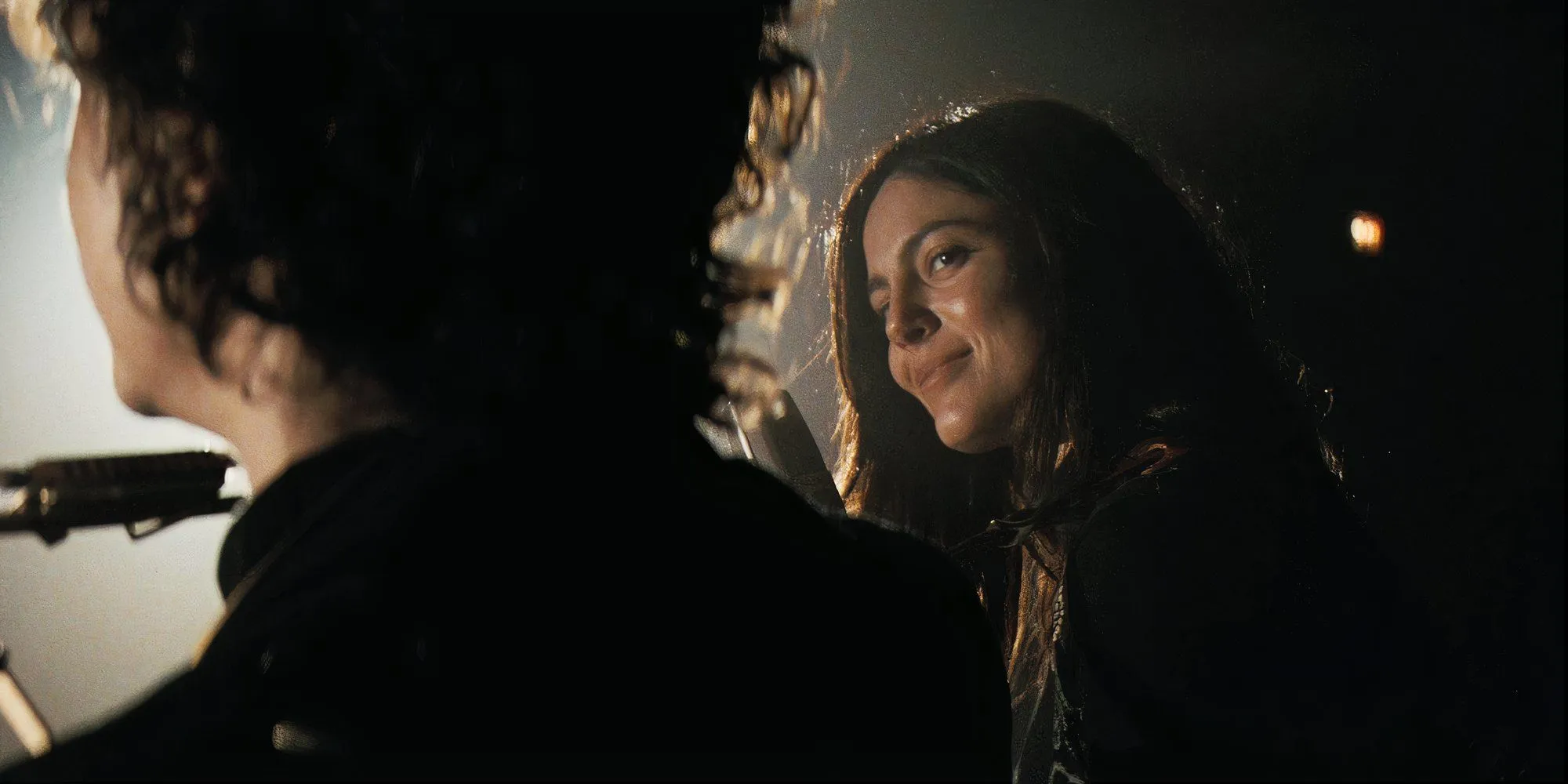
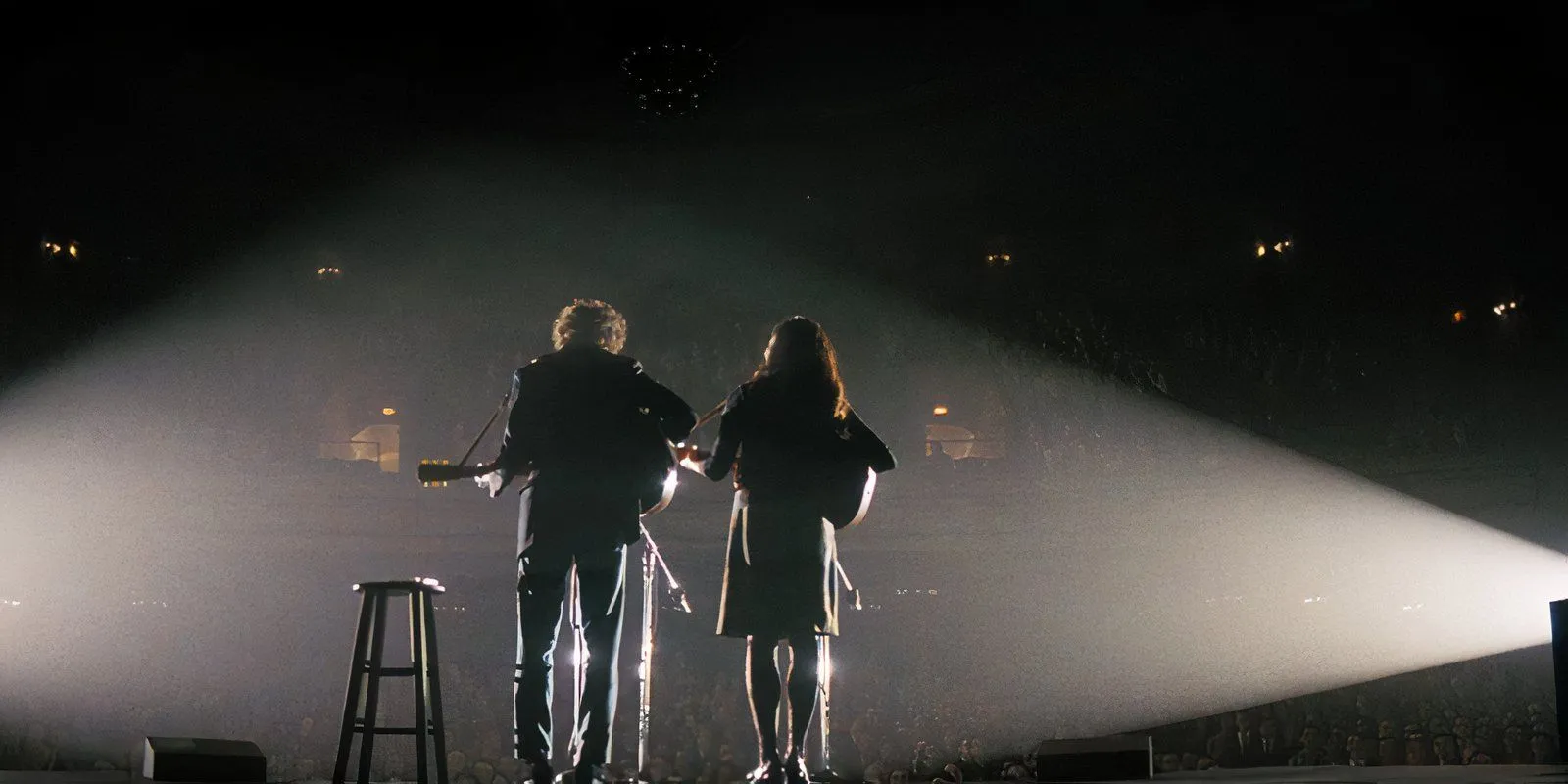
Although Suze Rotolo holds the title of Dylan’s first love, he encountered Joan Baez just a few months prior to meeting her. The relationship portrayed in A Complete Unknown simplifies their complex dynamic. It wasn’t until after two years of collaboration and mutual exposure that a romance ignited, typically around their first joint performance at the Newport Folk Festival in 1963. Although Dylan’s song “With God on Our Side”was performed together, Baez did not discover the iconic “Blowin’ in the Wind”in a romantic context, as the film suggests. Instead, their joint European tour in 1965 was fraught with tension, leading to the end of their relationship.
Mavis Staples
1964
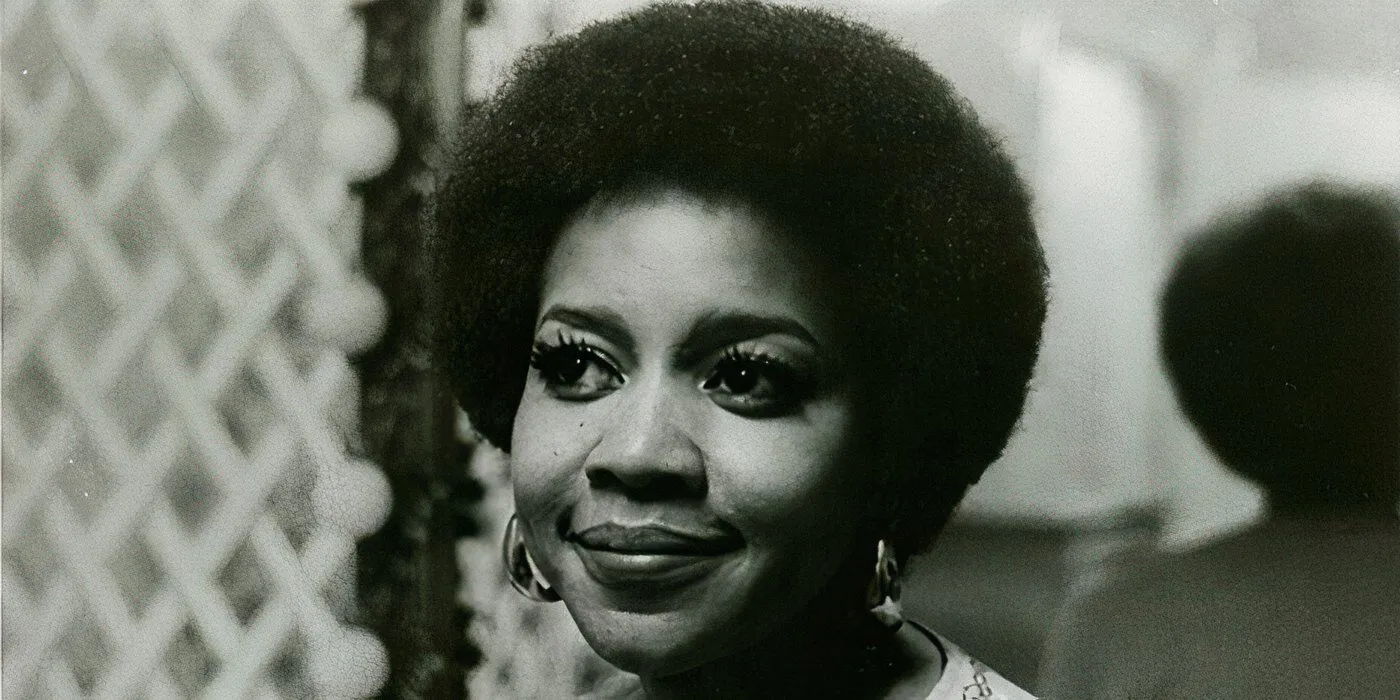
At the 1964 Newport Folk Festival, gospel singer Mavis Staples, known as the lead soprano of The Staples Singers, first crossed paths with Dylan. He was so taken with her that he famously proposed to her on a whim, though she initially dismissed it as a joke. Their connection morphed into a lasting friendship marked by a brief romance, hinted at by Staples when she reflected on their playful interactions during that festival (source: The Guardian).
Sara Dylan (née Shirley Noznisky)
1964–1977
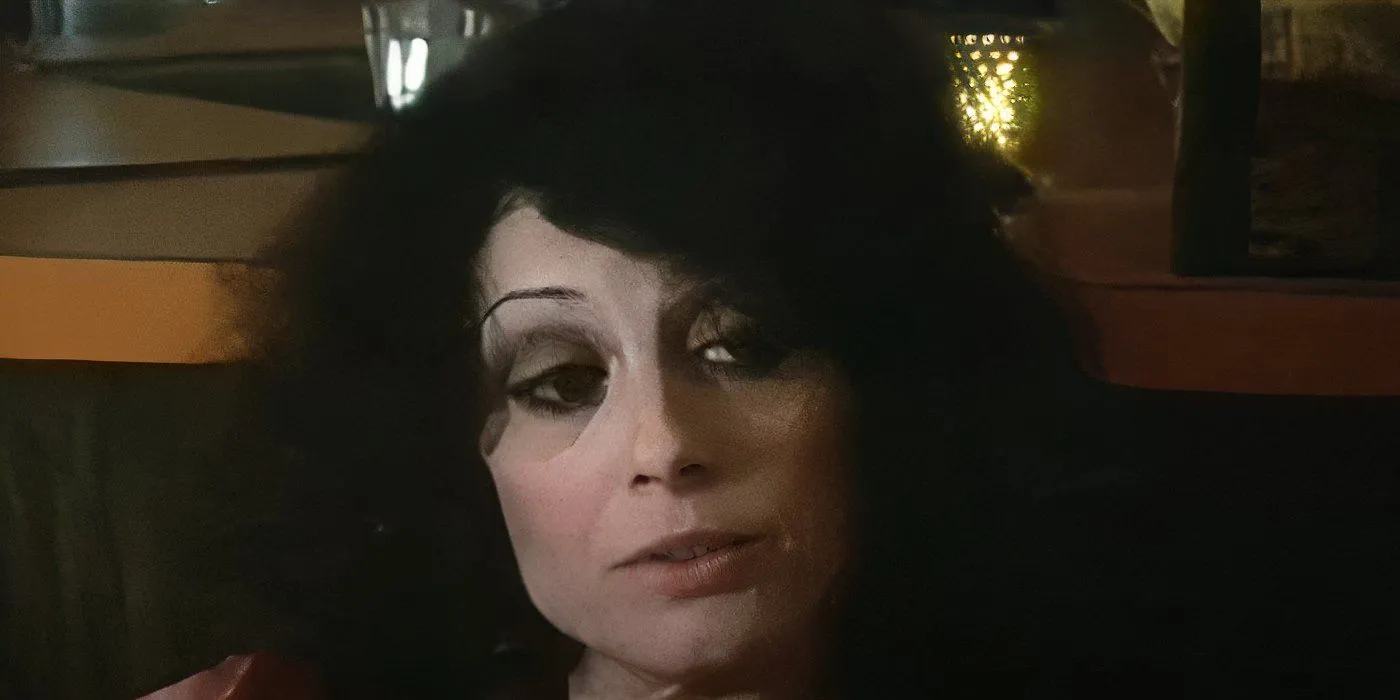
Sara, who later became part of Bob Dylan’s life as his wife, took the name Lownds from her first husband, whom she was still married to at the time she met Dylan. Although the specifics of their early relationship remain obscured, their eventual marriage in November 1965—while she was pregnant with their first child—was significant. Despite their tumultuous ending in 1977, the couple shared five children and reportedly maintained a cordial relationship post-divorce. Dylan regarded Sara as his only true love, a sentiment he reiterated during his Rolling Thunder Revue tour in 1975 (captured in Martin Scorsese’s documentary).
Dana Gillespie
1965
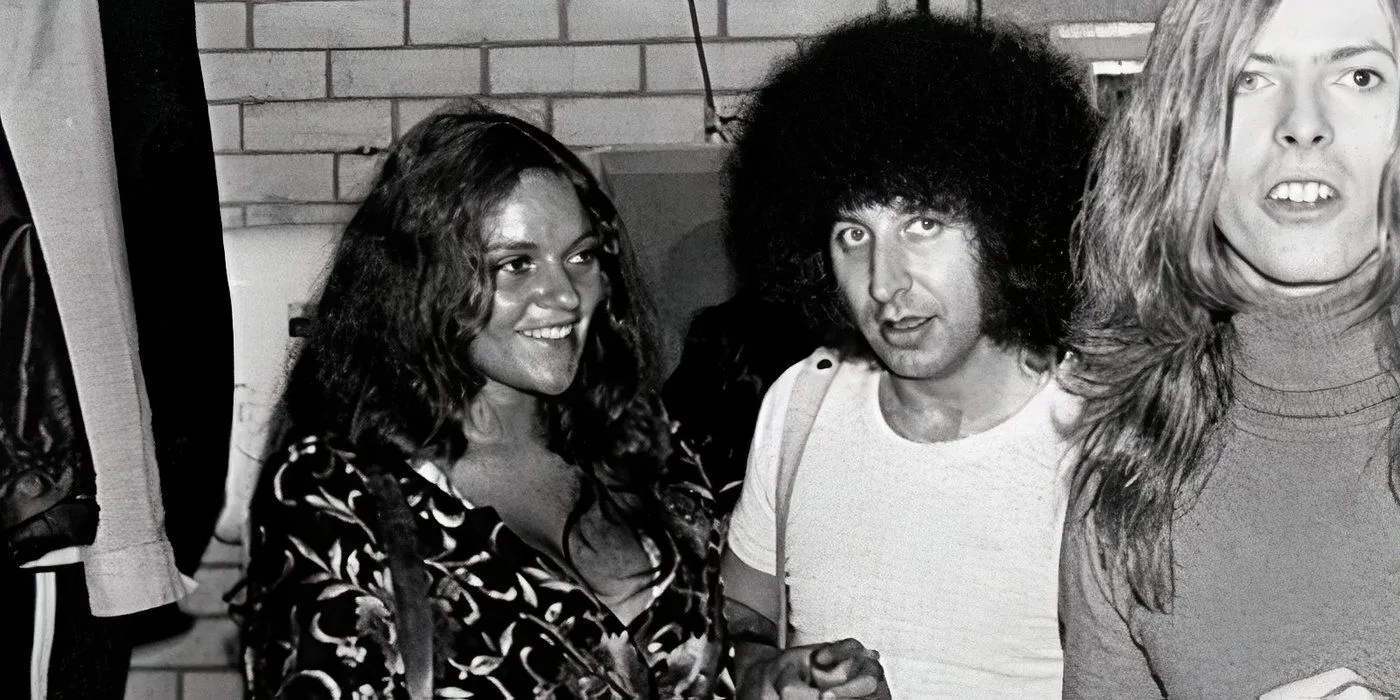
During the nascent phase of his relationship with Sara Lownds, Bob Dylan was also rumored to be involved with blues singer Dana Gillespie. Their first encounter at a 1965 UK press conference led to a brief romance, though Gillespie later clarified, “I can say he was a bit of a boyfriend.”At the young age of 16, she became one of Dylan’s early romantic entanglements (source: The Independent).
Sally Kirkland
1975–1976
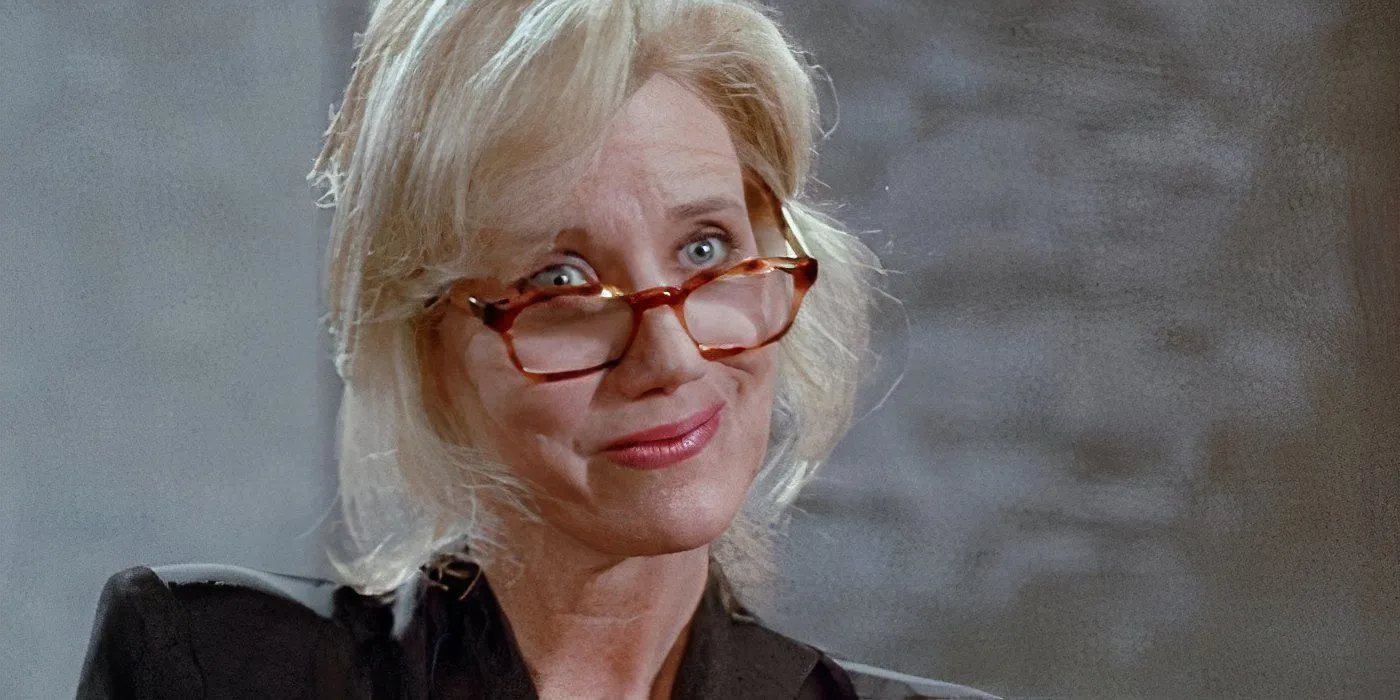
The timeline of Bob Dylan’s romantic life post-divorce is clouded, yet one confirmed relationship was with actress Sally Kirkland. Their affair reportedly ignited during the mid-1970s while they were both involved in the Rolling Thunder Revue. Kirkland has suggested there were multiple rekindlings over the years, but it was during this initial year she could first claim the title of being Dylan’s girlfriend (source: Closer).
Faridi McFree
1977–1978
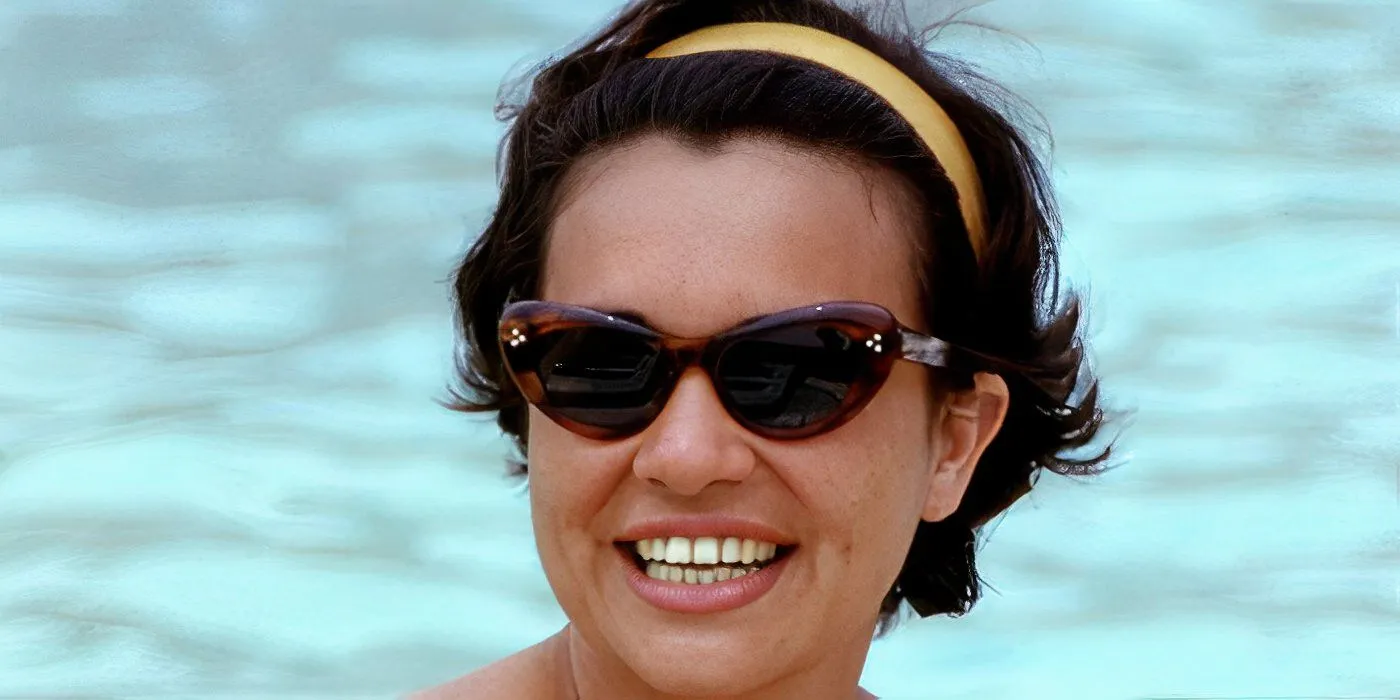
After his marriage to Sara officially ended, Dylan entered another relationship with Faridi McFree, who worked as an art therapist for his children. Their year-long romance was marked by McFree’s creative expressions that often featured Dylan in her art, with some pieces showcased in exhibitions, including one in Belgium in 2021 (source: Shepherd Express).
Mary Alice Artes
1978–1980
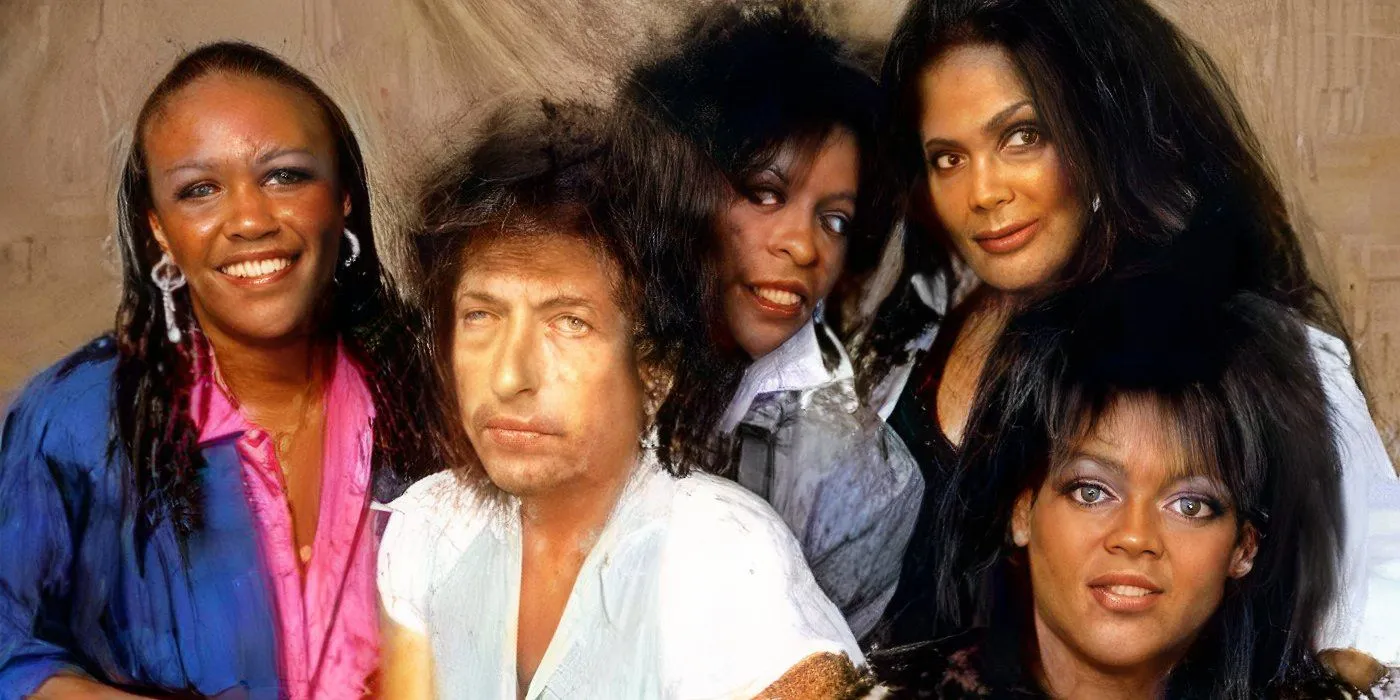
Mary Alice Artes is noteworthy as the first of several backup singers who shared a romantic relationship with Dylan in the late 1970s. She is the sole one publicly acknowledged by Dylan, who described her as both “sexy” and nurturing. Their time together was pivotal, as Artes introduced Dylan to evangelical Christianity, influencing his stylistic shift towards gospel music in the early 1980s (source: The Times).
Helena Springs
1978–1979
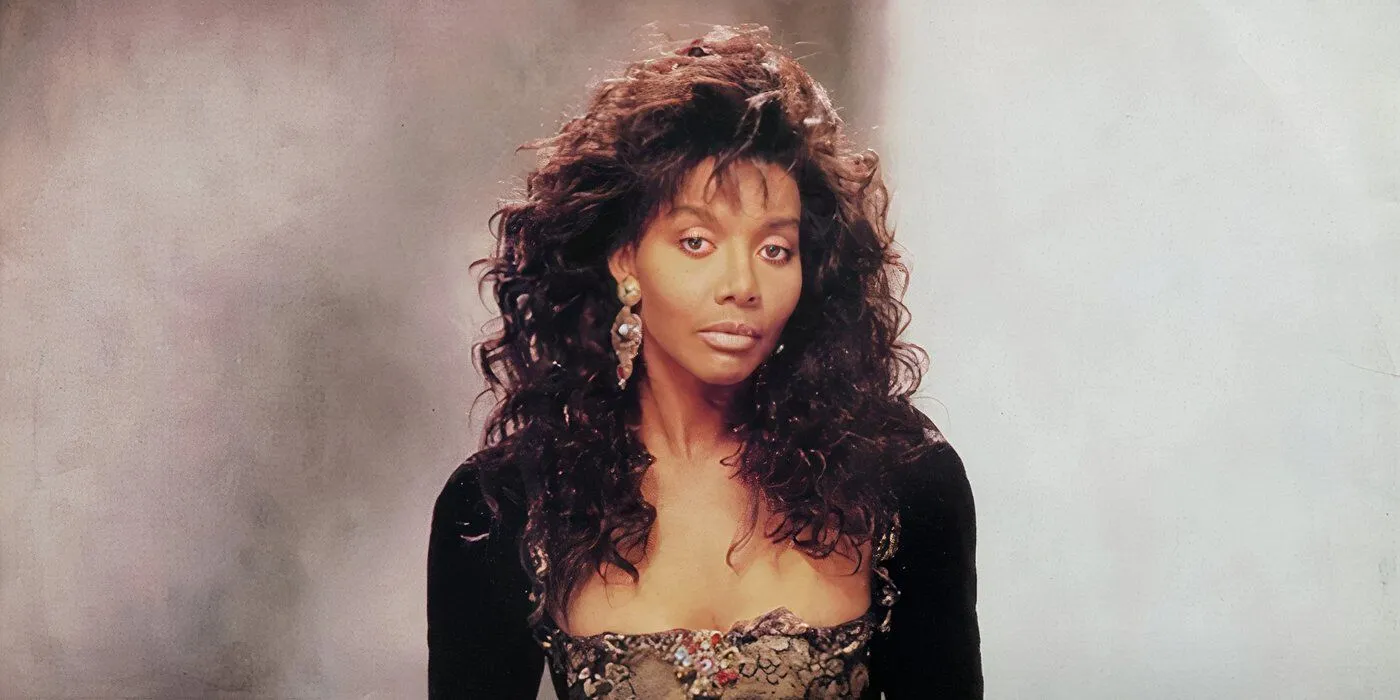
Helena Springs, another of Dylan’s backing vocalists, is reported to have inspired his 1978 song “New Pony” during their brief relationship at the end of the 1970s. She was notably younger at the time of their romance and later pursued a successful career in Hollywood (source: Dead Straight Guides).
Clydie King
1980–1985

Clydie King, regarded as the second major love in Dylan’s life, was the first backup singer to engage in a long-term relationship with him. Dylan famously inscribed a copy of his 1985 box set Biograph to her with a heartfelt message. Following King’s passing in 2019, Dylan reflected on their unique bond, emphasizing her significance not just as a collaborator but as a lifelong companion (source: Independent).
Carolyn Dennis
1985–1992
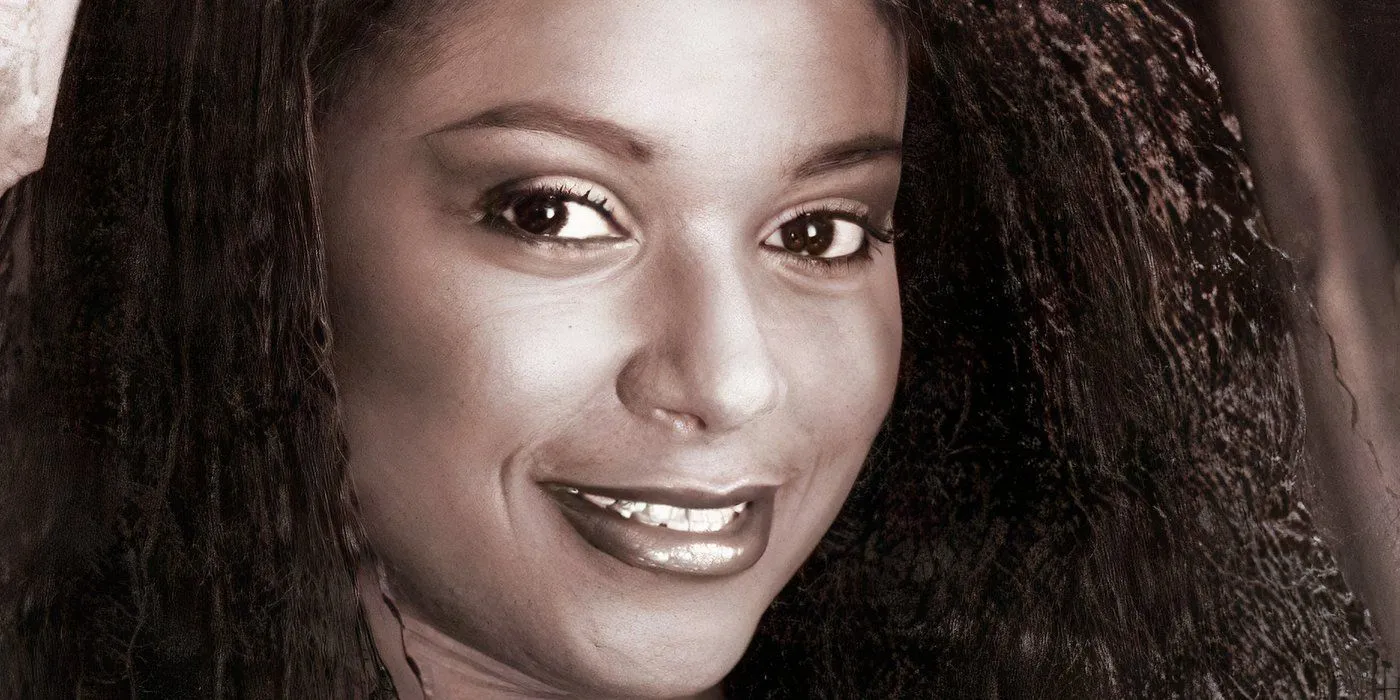
The revelation of Bob Dylan’s marriage to his backup singer Carolyn Dennis in 1986 was a stunning revelation in Howard Sounes’ biography Down the Highway: The Life of Bob Dylan. This secretive union also resulted in the birth of a child, a fact that remained undisclosed until the book’s release. The couple divorced in 1992, maintaining a cordial relationship thereafter, with Dennis remarking on Dylan’s role as a devoted father after the separation.
Carole Childs
1986
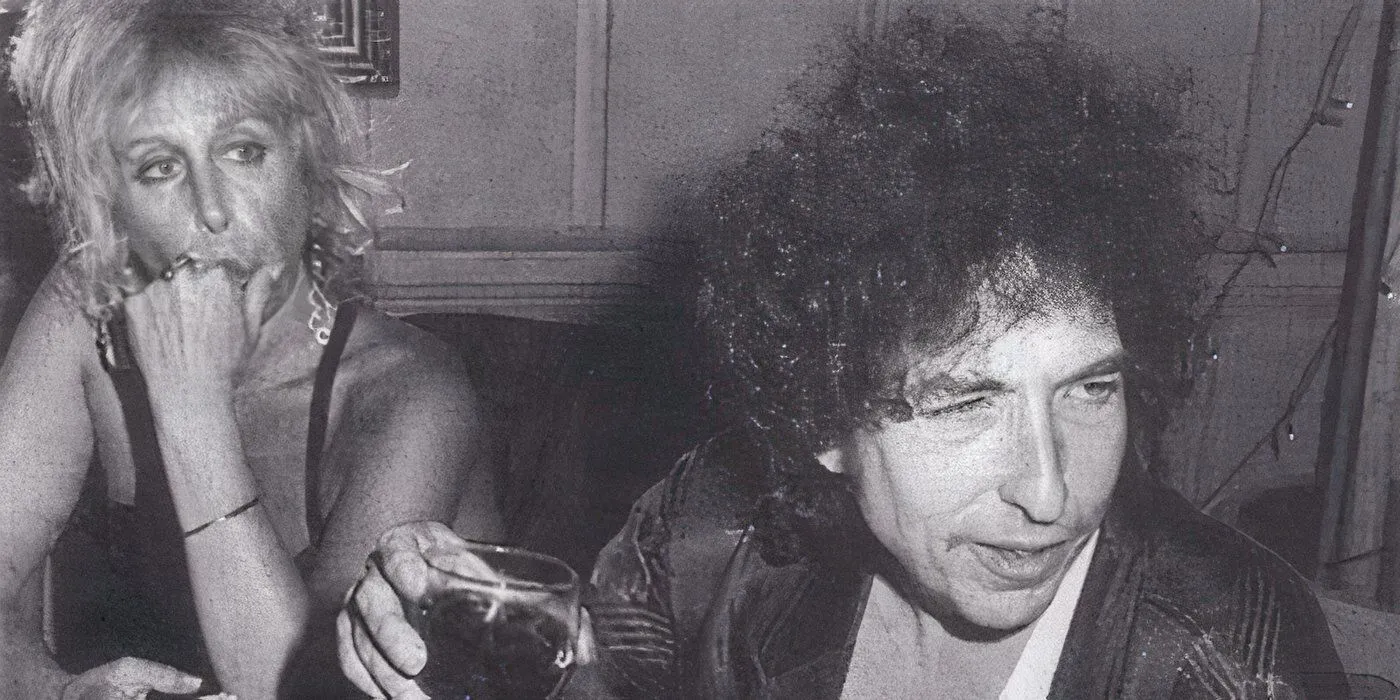
Carole Childs is recognized as Bob Dylan’s most recent confirmed romantic partner. The former A&R executive at Geffen Records met Dylan during the mid-1970s, with their relationship confirmed by fellow songwriter Carole Bayer Sager. Despite the ambiguity surrounding the precise duration of their involvement, Childs is acknowledged as his last significant romantic link before Dylan’s marriage to Carolyn Dennis shortly after their reported interactions (source: Vulture).
Dylan’s complicated romantic life showcases not only his artistic inspirations but also his personal struggles. This exploration of his relationships, although not exhaustive, provides a fascinating glimpse into the influences that have shaped one of music’s most enigmatic figures. For further reading, refer to the sources, which include The Minnesota Star Tribune, Woman’s World, and more.
